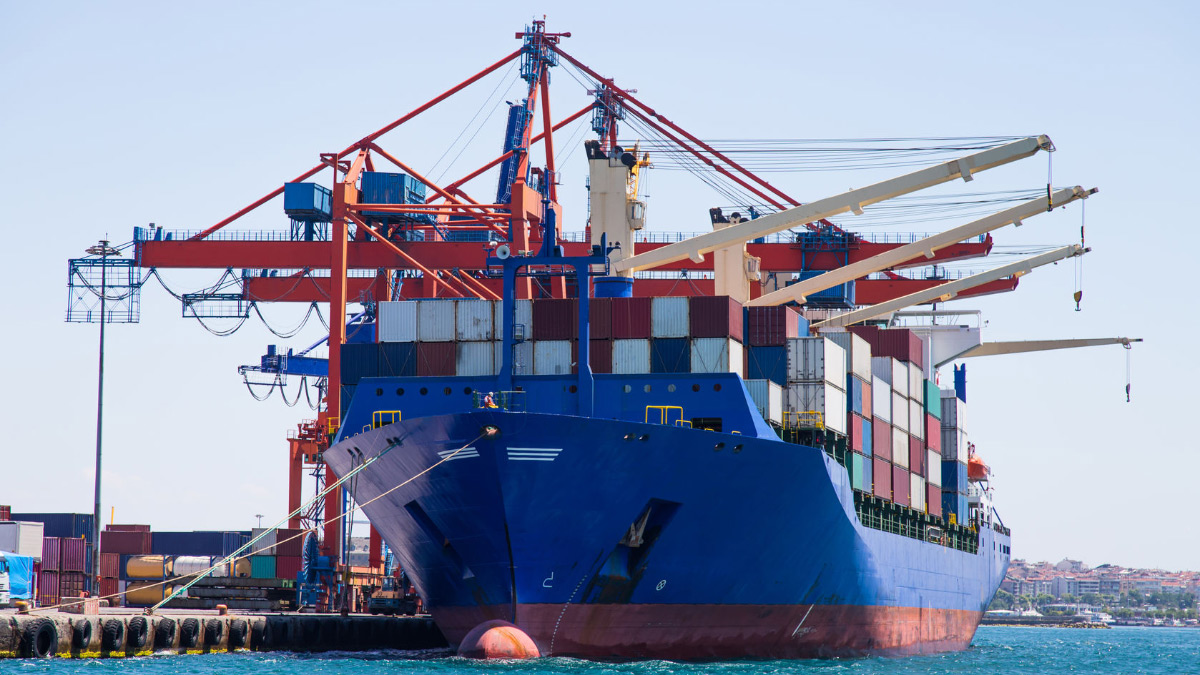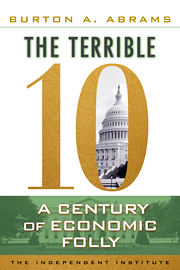President Trump’s March 8 executive order imposing major tariffs on steel and aluminum imports may yield benefits to some special-interest groups, but it is reckless and economically harmful to the nation. It is reckless as it will precipitate retaliatory tariffs on U.S. exports and anger our allies. It is harmful because its total economic costs will far outweigh its benefits even if foreign countries do not retaliate.
Recent history illustrates how the Trump tariff misadventure is likely to unfold. In 2002, President George W. Bush, seeking to win favor with steel producers and their employees, imposed a steel tariff. The tariff was set between 8 percent and 30 percent on different grades of steel. It was intended to last until 2005. No doubt this was timed to reap votes from the steel industry in the 2004 presidential election. Things did not work out as planned.
International condemnation was swift. The European Union imposed retaliatory tariffs. The World Trade Organization found the U.S. tariffs in violation of signed agreements, and a multi-billion-dollar penalty was threatened if the tariffs were not eliminated.
Even without the international uproar, the steel tariffs were a net loser for the economy. While it is obvious that the steel industry and its workers were winners, greater losses were spread widely throughout the economy. Many U.S. manufacturers using steel now had higher costs and job losses. Producers like Boeing and Ford found themselves less competitive against Airbus and Toyota.
Before the steel tariff, domestic manufacturers of 55-gallon steel drums did a nice business. These manufacturers soon found themselves at a competitive disadvantage, and imports of foreign-produced barrels surged. U.S. barrel manufacturers filed for and received an exemption on the steel they imported.
Reportedly, hundreds of other exemptions were granted to manufacturers citing hardships. It was clear the tariff plan was imploding. President Bush, facing pressure domestically and abroad, finally relented and removed the steel tariffs in December 2003.
President Trump’s tariffs will repeat the misadventure. The foreign uproar has already begun. Costs and prices for everything using steel and aluminum will rise. This will include the cost of infrastructure improvements and the proposed border wall.
Trump claims the steel industry in the United States has been decimated and that we need our steel industry for national defense purposes. He fails to point out that 70 percent of all U.S. steel production comes from domestic sources.
While economists are nearly unanimous in advocating free trade, imposing tariffs and quotas that restrict the quantity of imports remains a popular political activity.
A primary reason for their appeal is that the benefits are usually highly concentrated and visible, whereas the costs are diffused and less obvious. A study from the 2002 Annual Report of the Federal Reserve Bank of Dallas estimated that the cost to consumers of saving jobs in tariff- and quota-protected industries was $231,000 annually per job saved. Saving jobs with tariffs does not come cheap.
President Obama is often accused of “picking winners” by granting special favors to companies close to his heart. His $535 million subsidy to the soon-to-fail Solyndra solar cell startup is a notable case in point. President Trump, instead of picking his own set of favored industries, would do better to set the United States on a course of zero tariffs and no quotas. Having established one of the lowest corporate profits tax in the world, let’s see what a truly free economy can produce.








